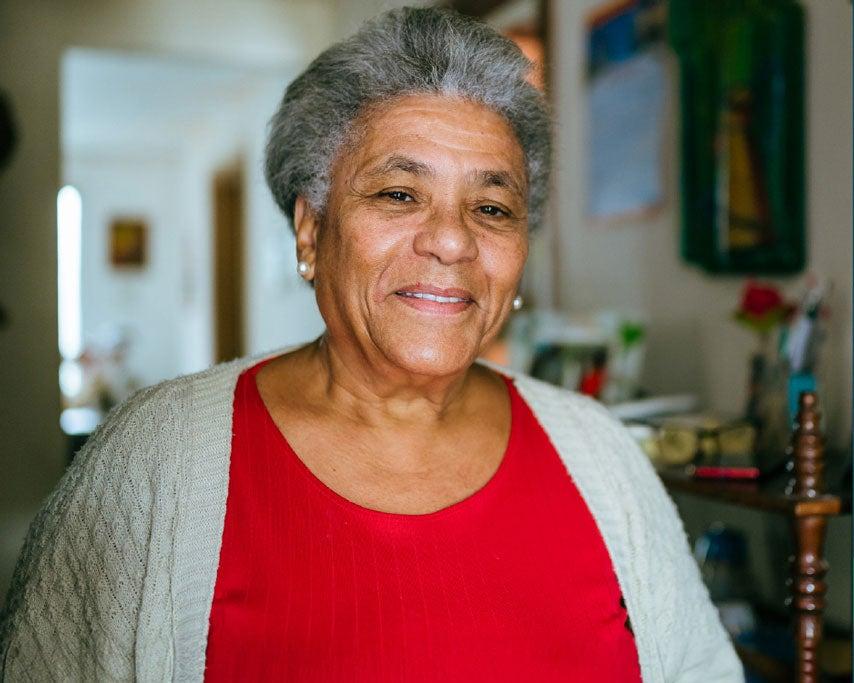Standing Back from the Medicare Cliff: Research and Policy Options to Help Low-Income Older Adults
3 min read

With the passage of the Affordable Care Act, many states expanded access to Medicaid for low-income adults ages 19 to 64 with incomes up to 138% of the federal poverty level. As these individuals relying on expanded Medicaid become eligible for Medicare, they may lose their Medicaid coverage and be unable to afford the higher Medicare premiums, deductibles, and co-payments.
This disruption in coverage—known as the “Medicare Cliff”—and the resulting financial shock can be particularly difficult for those with the lowest incomes who tend to be single women, people of color, and people with complex medical conditions or functional limitations.
NCOA's research with the Leading Age LTSS Center @UMASS Boston analyzed what happens to people facing the Medicare Cliff. Check out our key findings and potential solutions.
Who is facing the Medicare Cliff?
The Medicare Cliff population is more likely to be female, retired, and facing difficult affordability and health coverage challenges. The research found that this population faces several vulnerabilities:
- They have significantly higher out-of-pocket medical costs compared to individuals dually eligible for Medicare and Medicaid, and those with Medicare only.
- The Medicare Cliff population also experienced greater financial resource decline over time, with a diminishing median net worth.
- In the two years after hitting the Medicare Cliff, these individuals experienced a substantial worsening of their health.
What are some potential solutions?
Interviews with those who faced the Medicare Cliff revealed that they encountered confusing (and sometimes conflicting) communication about the transition between Medicaid and Medicare; could have benefitted from additional counseling assistance, such as that provided by State Health Insurance Assistance Programs (SHIPs); and often were forced to cut expenses in other areas to make ends meet.
Three major areas for policy reform emerged from the research:
- Allowing the Medicare Cliff population to maintain Medicaid eligibility as they enter Medicare
- Improving the education and enrollment process for MSPs without changing eligibility criteria
- Changing eligibility criteria for MSPs to remove or raise the asset limit, and/or synchronize the income eligibility threshold with other benefits
A vital next step is to identify the costs associated with the various policy reform(s) to be pursued to identify and evaluate the possibilities for an offset.
The team identified the following as possible next steps to complement the research and explore further the implications of proposed policy reforms:
- Convene states with “best practices” regarding consumer outreach and education with those states that are struggling and enabling a transfer of knowledge
- Grant funding to test and develop improved SHIP training, communication pieces, website material, and to identify other best practices that can further enable SHIPs to better counselthis population
- Host a working policy forum, with experts from states, think tanks, advocacy organizations, consumers, and academia to help identify and prioritize policy objectives and policy reforms
- Invest in analysis and modeling to drill down on the policy recommendations coming out of this report, identify the cost implications (both savings to the system and additional costs from increased enrollment), and the sources of revenue to support these policy reforms
Other Medicare Cliff report resources
Download and share our:
- Low-Income Older Adults Facing the Medicare Cliff: A Summary of the Research (fact sheet)
- Standing Back from the Medicare Cliff (summary presentation)
And learn more about the first phase of this research project, Avoiding the Medicare Cliff: A Profile of Older Adults.

